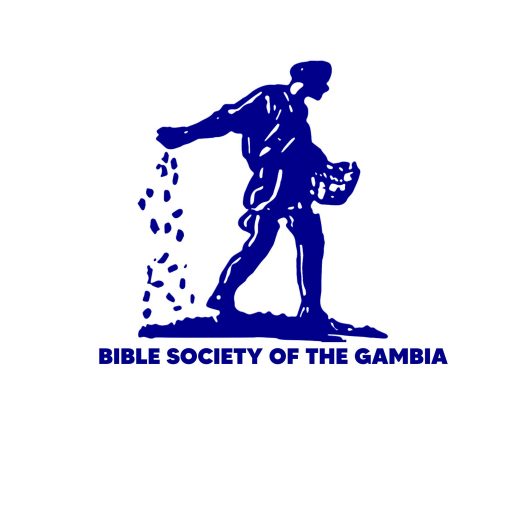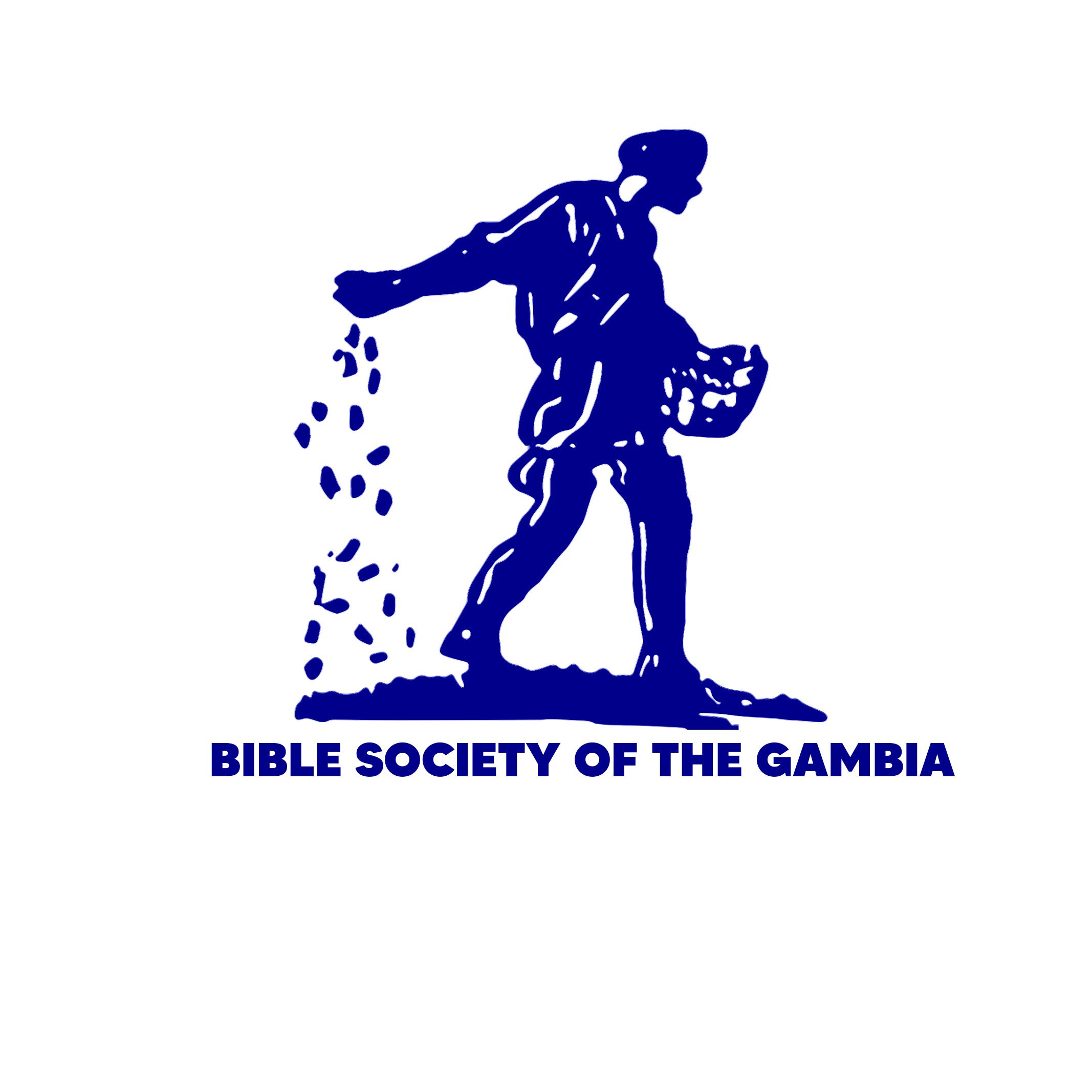Other Things Solomon Did
(1 Kings 9.10-28)1 It took 20 years for the Lord's temple and Solomon's palace to be built. 2 After that, Solomon had his workers rebuild the towns that Hiram had given him. Then Solomon sent Israelites to live in those towns.
3 Solomon attacked and captured the town of Hamath-Zobah. 4 He ordered his workers to build the town of Tadmor in the desert and some towns in Hamath where he could keep his supplies. 5 He strengthened Upper Beth-Horon and Lower Beth-Horon by adding walls and gates that could be locked. 6 He did the same thing to the town of Baalath and to the cities where he kept supplies, chariots, and horses. Solomon ordered his workers to build whatever he wanted in Jerusalem, Lebanon, and anywhere else in his kingdom.
7-9 Solomon did not force the Israelites to do his work. Instead, they were his soldiers, officers, army commanders, and cavalry troops. But he did make slaves of the Hittites, Amorites, Perizzites, Hivites, and Jebusites who were living in Israel. These were the descendants of those foreigners the Israelites did not destroy, and they remained Israel's slaves.
10 Solomon appointed 250 officers to be in charge of his workers.
11 Solomon's wife, the daughter of the king of Egypt, moved from the part of Jerusalem called David's City to her new palace that Solomon had built. The sacred chest had been kept in David's City, which made his palace sacred, and so Solomon's wife could no longer live there.
12 Solomon offered sacrifices to the Lord on the altar he had built in front of the temple porch. 13 He followed the requirements that Moses had given for sacrifices offered on the Sabbath, on the first day of each month, the Festival of Thin Bread, the Harvest Festival, and the Festival of Shelters.
14 Solomon then assigned the priests and the Levites their duties at the temple, and he followed the instructions that his father, the man of God, had given him. Some of the Levites were to lead music and help the priests in their duties, and others were to guard the temple gates 15 and the storage rooms. The priests and Levites followed these instructions exactly.
16 Everything Solomon had planned to do was now finished—from the laying of the temple's foundation to its completion.
17 Solomon went to Ezion-Geber and Eloth, two Edomite towns on the Red Sea. 18 Hiram sent him ships and some of his experienced sailors. They went with Solomon's own sailors to the country of Ophir and brought back more than 15 tons of gold for Solomon.
Sulemani la baara kuu koteŋolu
(1 Mansoolu 9:10-28)1 Yaawe Batudulaa Buŋo* niŋ Sulemani la mansasuwo loo ye sanji muwaŋ ne taa. 2 Sulemani naata saatewolu lookuu, Mansa Hiramu ye mennu dii a la, bituŋ Banisirayilankoolu doolu sabatita jee.
3 Sulemani ye Hamati-Soba saatewo kele, a ye jee taa. 4 A ye Tadimori saatewo lookuu meŋ be keñewuloo* kono, aniŋ maaboridulaa saatewolu Hamati maafaŋo la. 5 A ye ñiŋ saatee fuloo tata, Beti-Horoni-Santo aniŋ Beti-Horoni-Duuma. A ye ì tata, a ye daalu ke ì la, aniŋ nee bantambiloo. 6 A ye Baalati fanaa tata ka taa saatewolu to, daamennu mu a la maaboridulaalu ti, a la neesareetoolu niŋ a la suwoolu be daameŋ. Sulemani ye feŋ-wo-feŋ hame ka a loo, a ye a loo Yerusalaamu kono le, Libanooni, aniŋ bankoolu bee kaŋ mennu be a la maraloo koto.
7 Moo doolu tarata nuŋ bankoo kaŋ ne, mennu maŋ ke Banisirayilankoolu ti. Wolu le keta Hitinkoolu ti, Amorinkoolu, Perisinkoolu, Hiwinkoolu, aniŋ Yebusinkoolu. 8 Ì mu moolu le koomalankoolu ti, Banisirayilankoolu maŋ mennu bee faa. Sulemani ye ì diyaakuyaa dookundi, aduŋ a be wo le ñaama ka naa bula bii la. 9 Bari Sulemani maŋ Banisirayilankoolu kiliŋ joŋyaatoo dookundi. Ì mu nuŋ a la kelediŋolu le ti, a la kelediŋ kuntiyolu, aniŋ keleraŋ sareeti* bayilaa kuntiyolu aniŋ suuborindilaalu. 10 Banisirayilankoolu le fanaa mu dookuu kuntiyolu ti, mennu marata Sulemani la dookuwo ma, dookuu kuntii keme fula niŋ taŋ luulu le tarata dookuulaalu kunna.
11 Sulemani ye Firawoona dimmusoo bondi naŋ Dawuda la Saatewo* to ka naa buŋo kono, a ye meŋ loo a ye. Kaatu a ko le ko, “N na musoo te tara la Dawuda la buŋo kono, Banisirayila la mansa, kaatu Yaawe la Kambeŋ Kunewo* tarata nuŋ dulaalu mennu to, seneyaata le.”
12 Bituŋ Sulemani ka jani sadaalu* bo sadaajanidulaa* kaŋ Yaawe ye, a ye meŋ loo Alla Batudulaa ñaatiliŋo la. 13 A ka ñiŋ jani sadaalu bo, ko a be laariŋ Musa la Luwaa* to ñaameŋ: Loobula Luŋ-wo-Loobula Luŋ, Kari Kuta Juuraloolu*, aniŋ saŋo juurali saboo, mennu mu Mbuuru Leweñintaŋ Juuraloo* ti, Katiri Waati Juuraloo*, aniŋ Jembereŋ Juuraloo*. 14 Ko a faamaa Dawuda ye a londi aadoo ti ñaameŋ, a ye piriisi* kafoolu tomboŋ ka ì londi baturoo daa to. A ye Lewi lasiloo moolu tomboŋ ka tara Alla tentoo daa to, aniŋ ka piriisoolu maakoyi ì la luŋ-wo-luŋ dookuwolu to, ko a be laariŋ ñaameŋ. A ye bundaa kantalaalu tomboŋ ka ì londi ì la dulaalu to, ko a ñanta ñaameŋ, kaatu Alla la moo Dawuda ye a yaamari teŋ ne. 15 Aduŋ ì maŋ ì koo dii Mansa Dawuda la yaamaroo la, a ye meŋ dii piriisoolu niŋ Lewi lasiloo moolu la nuŋ, maaboridulaalu niŋ kuu koteŋolu la kuwo to.
16 Bituŋ Sulemani la dookuwo bee banta, a be meŋ ke kaŋ, biriŋ Yaawe Batudulaa Buŋo fondamaŋo to fo a kumfaadulaa. Dookuwo bee timmata.
17 Bituŋ Mansa Sulemani taata Esiyoni-Keberi aniŋ Elati, Edomu bankoo kaŋ, Kulunjumbe Baa tintoo la. 18 Mansa Hiramu ye kuluŋolu kii a ye, Hiramu faŋo la moolu tarata marariŋ ì kunna, moolu le mu mennu ye baa loŋ kendeke. Ì niŋ Sulemani la dookuulaalu kafuriŋo teyita ka taa Ofiri bankoo kaŋ, aduŋ ì ye sanoo samba naŋ Sulemani ye, meŋ siyaata kilo wuli taŋ niŋ luulu ti.

